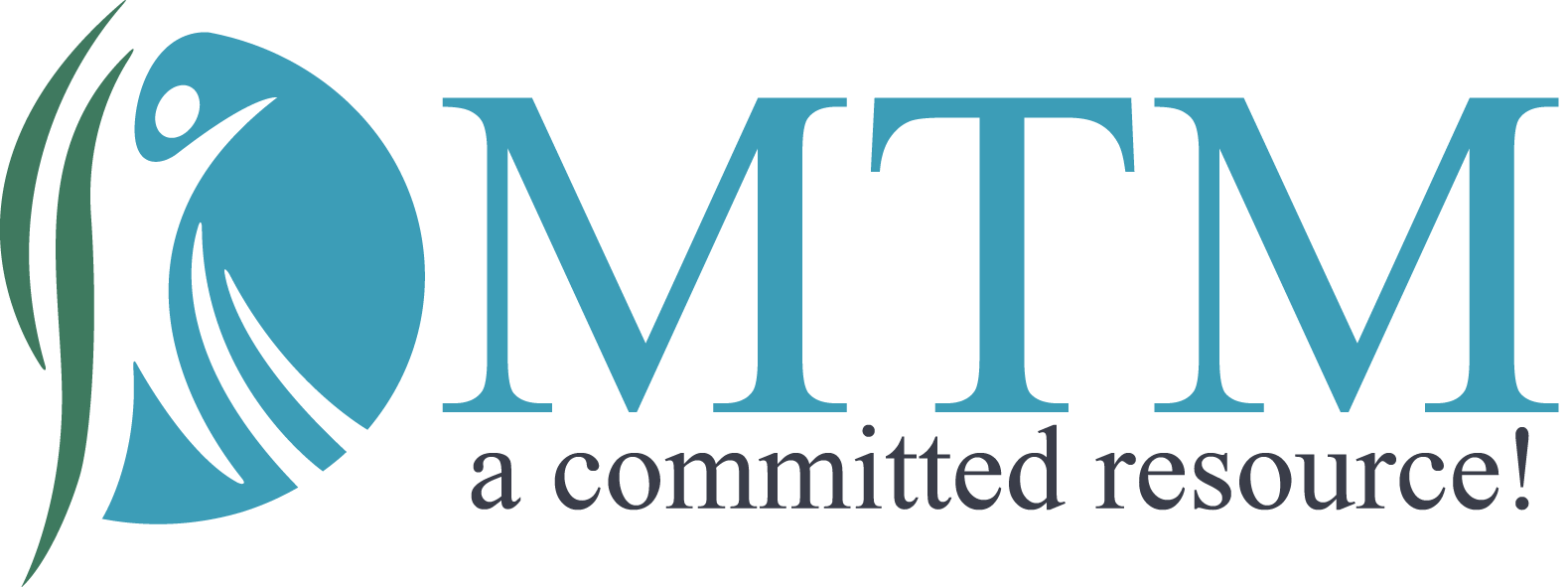The Growing Role of AI and Automation in Medical Billing
Are you still relying on manual processes for medical billing? Discover how AI and automation are reshaping healthcare billing by streamlining operations, reducing errors, and improving revenue cycle management.
How AI and automation are revolutionizing medical billing processes and what this means for healthcare providers in 2024.
The healthcare industry is increasingly adopting advanced technologies like AI (Artificial Intelligence) and automation to streamline operations. One area that’s seeing significant transformation is medical billing. AI and automation are revolutionizing how healthcare providers manage billing, claims, and revenue cycles, resulting in enhanced accuracy, reduced errors, and increased efficiency. In this blog, we’ll explore the various ways AI and automation are reshaping medical billing and how healthcare providers can benefit from embracing these technologies.
1. Automating Routine Billing Processes
Medical billing is full of repetitive tasks that consume valuable time and resources. AI-driven tools can now automate these routine activities, including data entry, claim submissions, and payment posting. By taking over these time-consuming processes, AI frees up billing staff to focus on more complex tasks like denial management and patient communications. Automation also reduces the potential for human error, leading to faster, more accurate claims processing.
Example: With automated charge capture and coding, billing teams no longer need to manually review each entry, reducing errors and speeding up the billing cycle.
2. Enhancing Accuracy and Reducing Claim Denials
AI is particularly valuable in improving billing accuracy. Incorrect coding or documentation errors can lead to claim denials, delays, or underpayments, all of which negatively impact cash flow. AI tools analyze data patterns, detect potential coding issues, and provide real-time suggestions to correct errors before claims are submitted. By reducing the likelihood of denials, healthcare providers can ensure they receive timely and accurate payments.
Example: AI can flag inconsistencies in coding and alert billing teams to potential issues, helping them correct errors before submission and reducing the chances of claim rejection.
3. Optimizing Revenue Cycle Management (RCM)
RCM is at the heart of a healthcare practice’s financial health. AI’s role in RCM goes beyond automation—it offers predictive insights that can optimize cash flow, track KPIs, and identify revenue leakage. By analyzing financial data and historical trends, AI can predict which claims are most likely to be denied and recommend proactive strategies to prevent revenue loss.
Example: Predictive analytics can forecast potential revenue shortfalls, allowing healthcare providers to take corrective action before cash flow is impacted.
4. Improving Patient Engagement and Satisfaction
As patient responsibility for healthcare costs increases, providing a seamless billing experience has become essential. AI and automation enhance patient engagement by offering clear, user-friendly billing statements, personalized payment plans, and automated payment reminders. Patients are more likely to pay on time when they understand their bills and have flexible payment options available.
Example: AI can analyze patient payment history and suggest personalized payment plans that suit the individual’s financial situation, improving the likelihood of timely payments.
5. Ensuring Compliance and Data Security
With regulations like HIPAA strictly governing medical billing, compliance is a major concern. AI can help automate compliance checks, ensuring that billing practices align with the latest regulatory requirements. Additionally, AI enhances data security by identifying potential breaches and implementing protective measures in real time. This is particularly important given the increasing frequency of cyberattacks targeting healthcare data.
Example: AI-driven compliance tools can automatically update coding and billing practices in line with new regulations, minimizing the risk of penalties and audits.
6. Future Trends in AI and Automation for Medical Billing
Looking ahead, AI is expected to integrate more deeply with Electronic Health Records (EHR) systems, creating seamless data flows that improve both clinical and financial outcomes. Blockchain technology, in combination with AI, could also enhance transparency and security in billing transactions by providing tamper-proof records and reducing fraud risks.
Example: Blockchain technology can create secure, unalterable records of billing events, ensuring that all parties have access to accurate information while preventing unauthorized access.
Conclusion: Embracing AI for a Competitive Edge
AI and automation are no longer just buzzwords—they are now essential tools for optimizing medical billing and ensuring the financial health of healthcare practices. By embracing these technologies, healthcare providers can streamline their operations, reduce errors, and improve patient satisfaction while staying compliant with regulatory requirements. As the healthcare industry continues to evolve, staying ahead of these trends is key to maintaining a competitive edge.
At
Medrina Technology Management, we specialize in providing innovative billing solutions that incorporate the latest AI and automation technologies. Reach out to us to learn how we can help your practice leverage these advancements for more efficient and profitable operations.
Stay updated with the latest insights and news in medical billing services and workers' compensation billing and collections. Enter your email below to subscribe to our blog
Most Recent Articles




